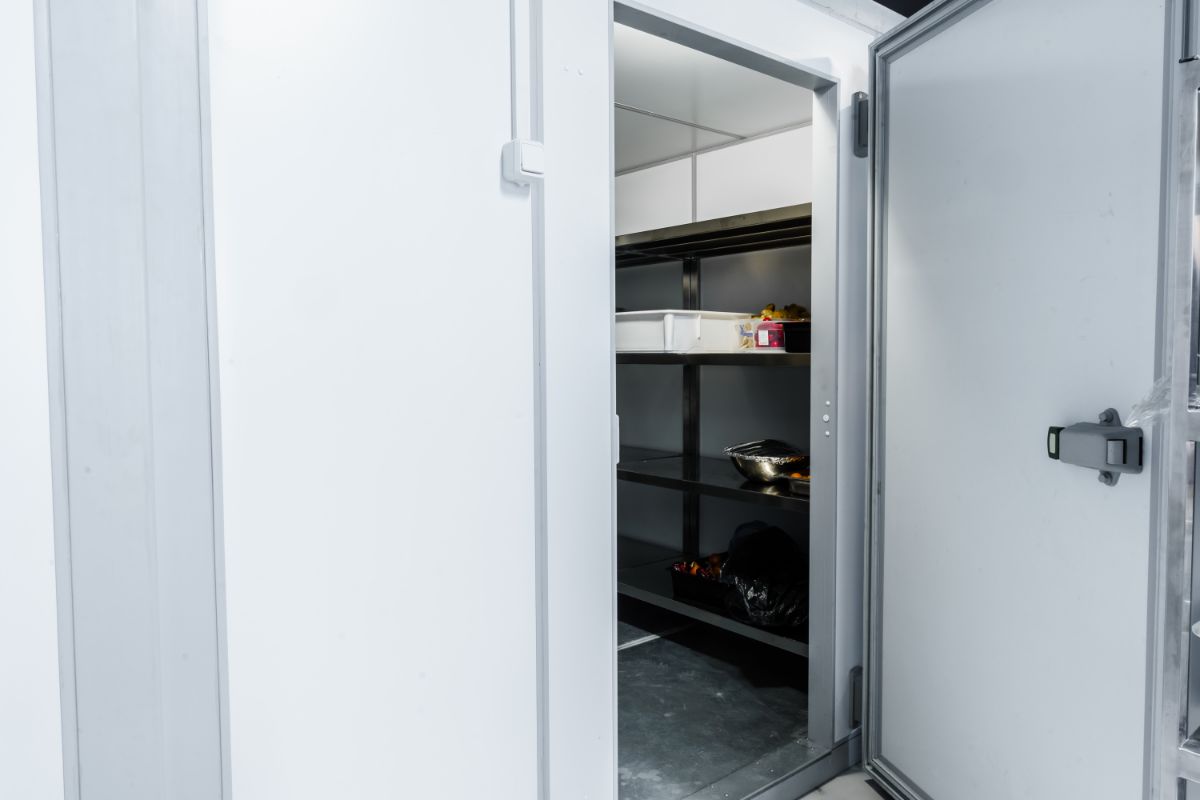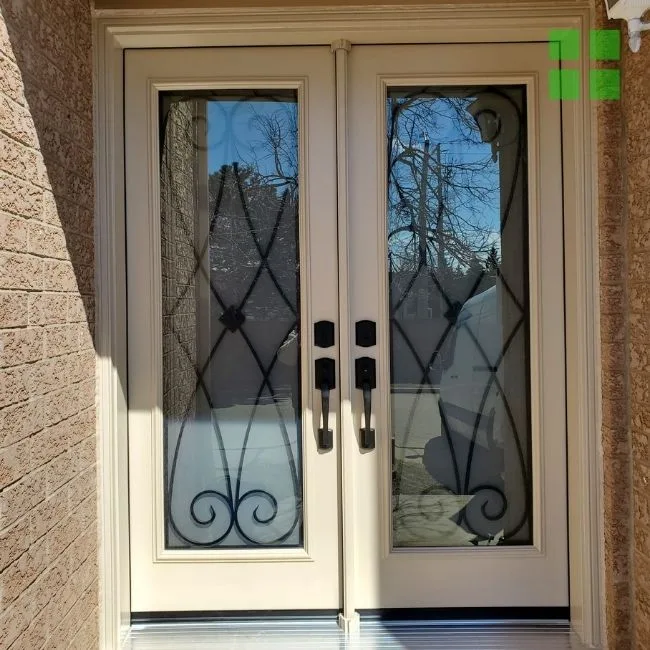When it comes to choosing the right cold storage flooring for any commercial or industrial buildings, there are some unique challenges to keep in mind. The flooring needs to be able to stand up to freezing temperatures without cracking or weakening, and it also needs to maintain a hygienic environment that doesn’t put the stored goods at risk.
The floor in a cold storage facility is under a lot of pressure. It has to deal with constant temperature changes and heavy foot traffic. If the floor can’t handle these demands, it is likely to crack or show damage.
This would compromise the integrity of the facility. There are specially formulated concrete coatings for cold storage facilities that can meet these challenges. These coatings can be installed at a lower range of temperatures than other standard concrete coating options.
The temperature of your environment is important to keep in mind when you’re installing concrete coatings and systems. Most resinous flooring cures best at what is known as “room temperature”.
However, there are some facilities that would be better served by a cold temperature epoxy flooring installation or the application of other resinous systems that are able to adapt to different climates such as dairies, manufacturing plants, biotechnology and pharmaceutical plants, food packing plants, chemical laboratories and, etc.
Why Is It Important?
Understand that it’s not always possible or desirable to adjust your environment to accommodate standard epoxy flooring installation. Most concrete coatings and systems are not formulated for colder applications and can cure improperly or not at all in these conditions.
This type of flooring is also highly effective at surviving thermal shock and temperatures at the opposite extreme as high as 250°F. This means that the floor won’t fail if the cold store is cleaned using hot water or steam.
Many simple aspects of the working day could also lead to an impact or wear-related floor failure within a food production plant’s refrigerated area. For example, the interior could contain machinery and well-stocked containers, or the staff may be carrying (and potentially dropping) heavy tools and product.
Factors to Consider
Room Temperature
When you’re planning your storage facility, you’ll need to take the type of products you’ll be storing into consideration. If you’re going to have walls made of IMPs, or if you’ll be receiving products that come iced and those ice cubes will melt, then you’ll need to factor in both temperature and water when deciding on what kind of flooring to use.
If the temperature in your facility is ever going to fluctuate due to the type of product being stored, then that should be taken into consideration when choosing the flooring. Water on your concrete floor can pose a safety hazard, so it’s important to plan ahead for how you’ll deal with it.
There are different types of concrete flooring systems that can be configured to best meet the needs of your facility. An experienced concrete floor contractor can help you choose the right system for your needs.
If you’re starting from scratch with your cold room, then you don’t have to worry about this issue. But, if you’re retrofitting an existing cold storage system without being able to raise the room temperature, you’ll need to take into account the core temps of the space.
Most epoxy and polyurethane resins need temperatures that are well above freezing in order to set properly. In these cases, you might need to use a methyl methacrylate (MMA) solution instead since MMA can be set at much lower temperatures.
Room Structure
When it comes to cold storage warehousing, there are some structural challenges that come along with the territory – one of them being the concrete floor. However, skilled concrete floor contractors know how to account for the ways in which cold storage facilities differ from other industrial facilities. When talking to a concrete floor contractor about your cold storage needs, be sure to keep these things in mind.
Type of Goods
When choosing a flooring type for your cold storage facility, you’ll need to consider what sorts of products you’ll be storing there. If you’ll be storing any organic goods that could leak or drip onto the floor, you’ll need to be sure to choose a flooring type that can stand up to those materials. Some flooring types, like basic epoxy, can be eaten through by acids or oxidizing agents. In that case, you’ll either want a stronger custom epoxy blend, or else you’ll want to choose polyurethane, which is more resistant to those sorts of materials.
Equipment and Machineries
Before your flooring contractor begins designing your warehouse’s floor, it’s important to have a discussion about the type of machinery that will be used in the space. Robotics, automatic storage retrieval systems, forklifts, and pallet riders are all examples of heavy equipment that require a durable floor.
If there is a crack in the floor or a joint fails, it can cause problems with the machinery and cause the floor to deteriorate more quickly. The more heavy traffic and equipment you have, the more important it is to have a durable floor.
Benefits
When it comes to ensuring safety in a cold storage room, slip protection is key. This is because concrete floors can become very slippery when they’re cold or when they’re being cleaned. By applying a concrete floor coating that is customized to provide a certain level of friction, you can help to prevent slips and falls.
Urethane concrete is the best type of floor coating for withstanding hot water or steam cleaning, as well as rapid temperature fluctuations. It is the only type of floor coating chemistry that has the appropriate thermal shock resistance to endure this type of cleaning.
MMA, polyaspartic and urethane concrete coatings are quick curing, even in cooler to very cold temperatures. The fast turnaround times of these special resin technologies help ensure that the cold storage facility or processing plant does not lose business waiting for floor coatings to cure.
When it comes to food, beverages, and other similar items, it’s important to have flooring that supports safety and sanitation. Not to mention, you don’t want your goods to be exposed to toxic outgassing that can happen with other types of flooring.
Some concrete floor coatings don’t have formaldehyde or phthalates, so you can be confident that your facility production or products won’t be adulterated. Plus, this flooring is a safer option for cold room storage and other facilities.
Key Takeaway
The flooring in a cold storage facility is constantly exposed to temperature changes and heavy foot traffic, which can lead to cracking or damage. When installing cold storage flooring, it’s important to choose materials that can withstand the temperature extremes of your environment.











